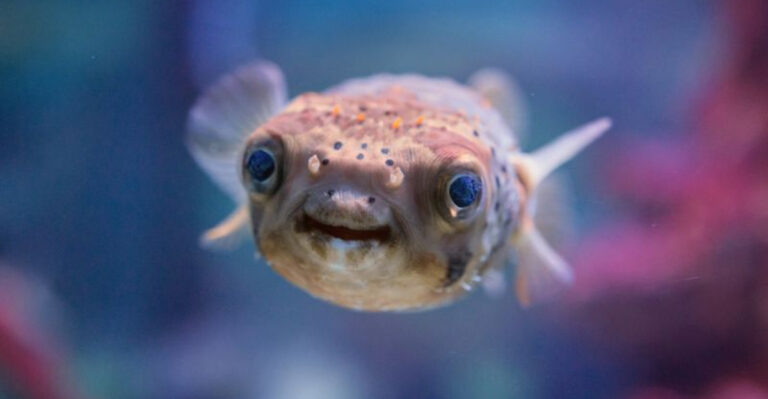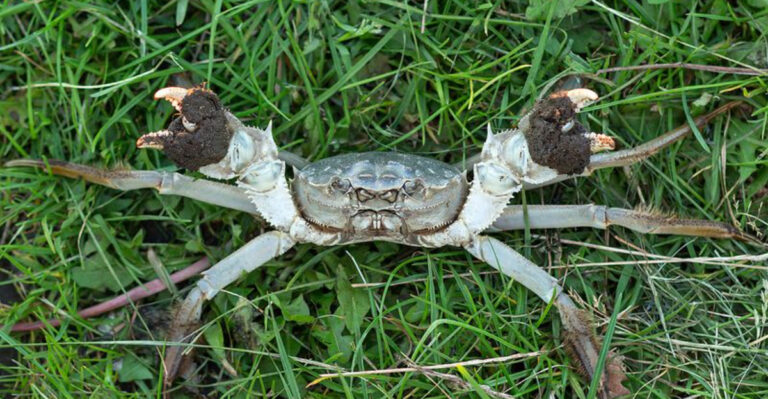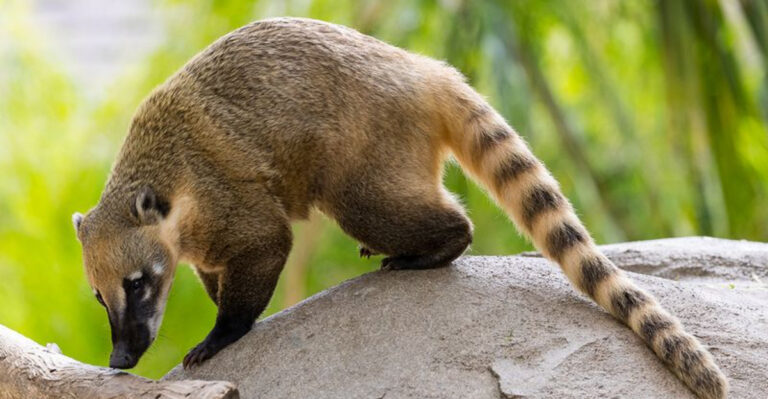15 Animals That Never Stop Growing
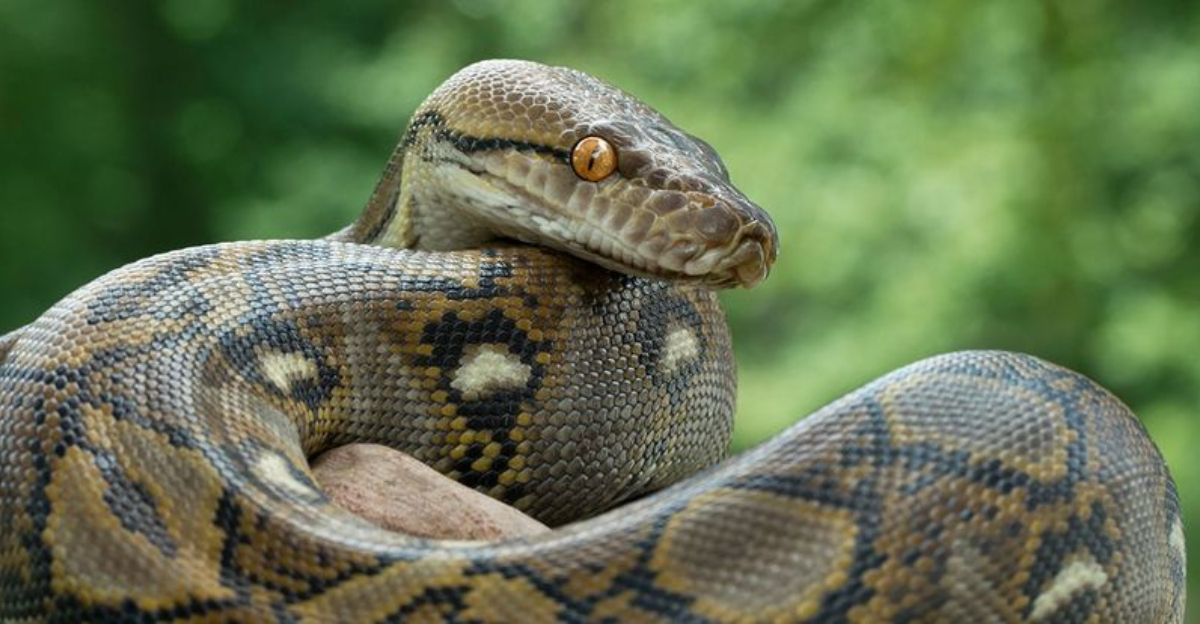
Have you ever wondered which animals just keep getting bigger throughout their lives? Unlike humans who stop growing after adolescence, some creatures in our world never receive that ‘time to stop’ signal from their bodies.
Get ready to discover the fascinating world of creatures that literally outgrow their surroundings!
1. Giant Pacific Octopus
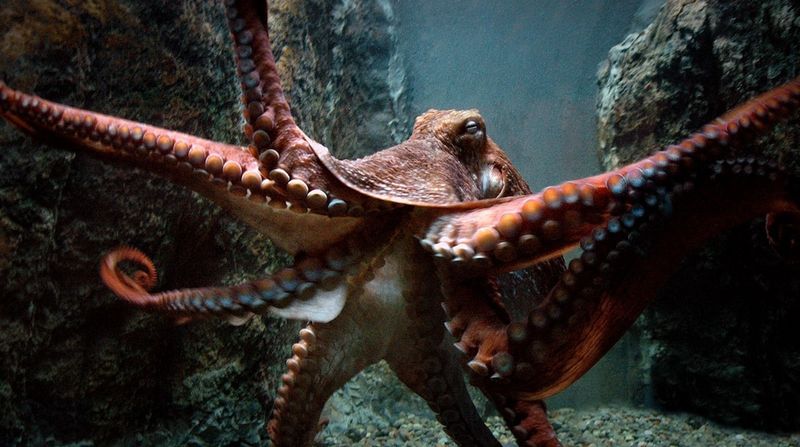
Starting life smaller than a grain of rice, these eight-armed ocean dwellers grow continuously, adding body mass daily. Their cells never stop dividing, allowing them to reach arm spans of 20 feet and weights over 150 pounds.
Surprisingly intelligent, they use their never-ending growth to squeeze through tight spaces while hunting. Despite their impressive size potential, most don’t live beyond 5 years in the wild.
2. American Lobsters
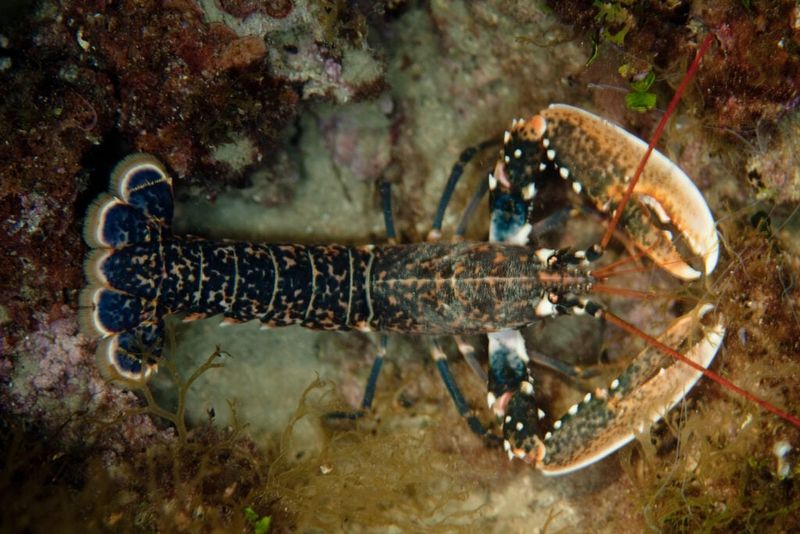
Clad in reddish-brown armor, these ocean bottom-dwellers keep molting and expanding throughout their lives. The oldest specimens can reach over 40 pounds and measure 3 feet long, with scientists estimating they could live past 100 years.
Their never-ending growth isn’t just for show – larger claws mean better defense against predators. Interestingly, lobsters don’t weaken with age, making them virtual immortals if not for predation or fishing.
3. Saltwater Crocodiles

Hatching at just 10 inches long, these prehistoric predators never stop growing. While growth slows with age, it never completely halts, allowing the largest specimens to reach terrifying lengths exceeding 20 feet and weights over 2,000 pounds.
Males grow larger than females, using their size to dominate territories. With lifespans reaching 70 years, these ancient reptiles have plenty of time to become the massive apex predators that dominate river systems across Southeast Asia and Australia.
4. Greenland Sharks
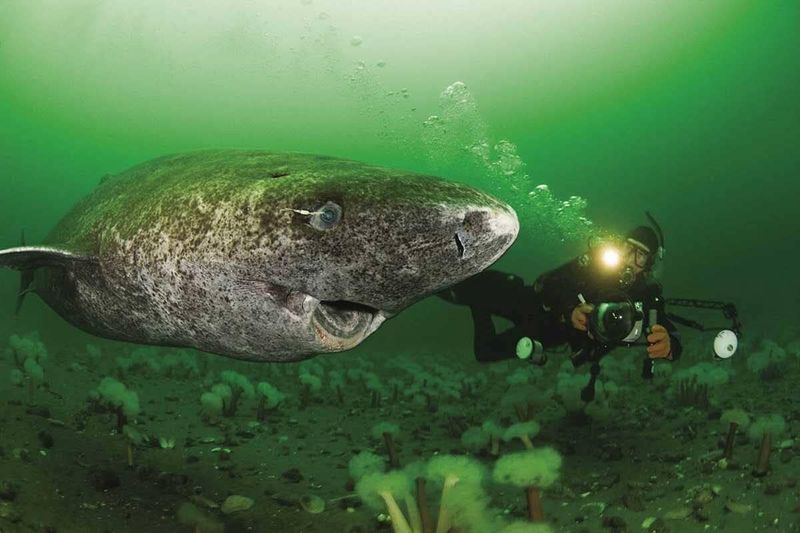
Lurking in the freezing depths of the Arctic, these mysterious sharks grow just one centimeter per year but never stop. This glacial pace combines with their incredible 400-year lifespan to produce 24-foot giants weighing over a ton.
Despite their size, they’re among the slowest sharks, cruising at just 0.7 mph. Their flesh contains toxic compounds that make them inedible to humans but hasn’t stopped indigenous peoples from developing special preparation methods to make them safe for consumption.
5. African Elephants
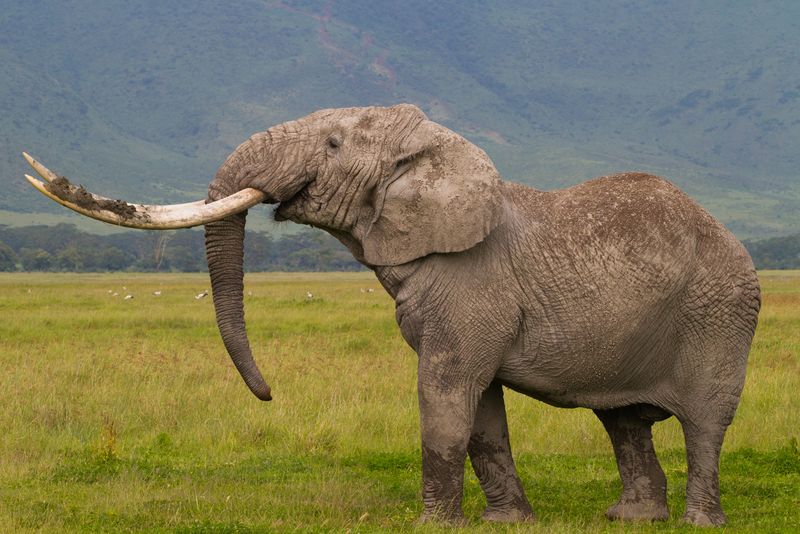
Born weighing 200-300 pounds, baby elephants embark on a lifelong journey of growth. Unlike many mammals, elephants keep growing throughout their 60-70 year lives, though the rate slows considerably after sexual maturity.
The largest bulls can reach 13 feet tall and weigh over 14,000 pounds. Their continuous growth affects not just their bodies but also their tusks, which add layers annually like tree rings, sometimes reaching lengths of 10 feet in the oldest individuals.
6. Aldabra Giant Tortoises

Emerging from eggs the size of ping-pong balls, these remarkable reptiles embark on a growth journey spanning centuries. Their shells and bodies expand continuously throughout their 150+ year lifespans, allowing them to reach weights exceeding 500 pounds.
Native to the Seychelles islands, these gentle giants grow fastest in their first few decades. Their slow metabolism contributes to both their continuous growth and extraordinary longevity, with some individuals alive today hatched during Napoleon’s era.
7. Arapaima
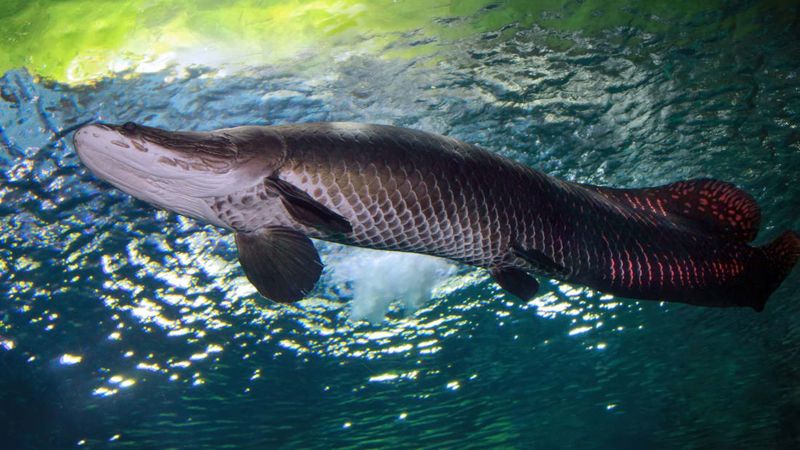
Amazon River legends speak of fish larger than men, and they’re talking about the arapaima. These freshwater giants never cease growing, adding inches yearly to reach lengths exceeding 10 feet and weights over 400 pounds.
Ancient air-breathers, they surface every 10-20 minutes for oxygen. Their scales are so tough that piranhas can’t bite through them, growing stronger and larger throughout the fish’s life. Unfortunately, their predictable surfacing makes them vulnerable to fishermen.
8. Whale Sharks
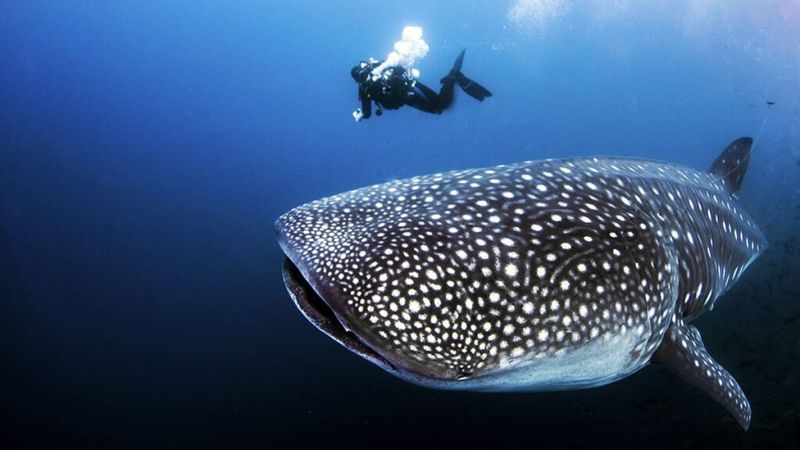
Born just 2 feet long, these gentle ocean behemoths never stop expanding. Their spotted bodies continue growing throughout their 70+ year lifespans, with the largest confirmed specimen measuring 41.5 feet and weighing 47,000 pounds.
Despite their intimidating size, they’re filter feeders with no interest in humans. Scientists track their growth using distinctive spot patterns unique to each individual. Their continuous growth makes them the largest fish in our oceans, though they’re dwarfed by some whale species.
9. Komodo Dragons
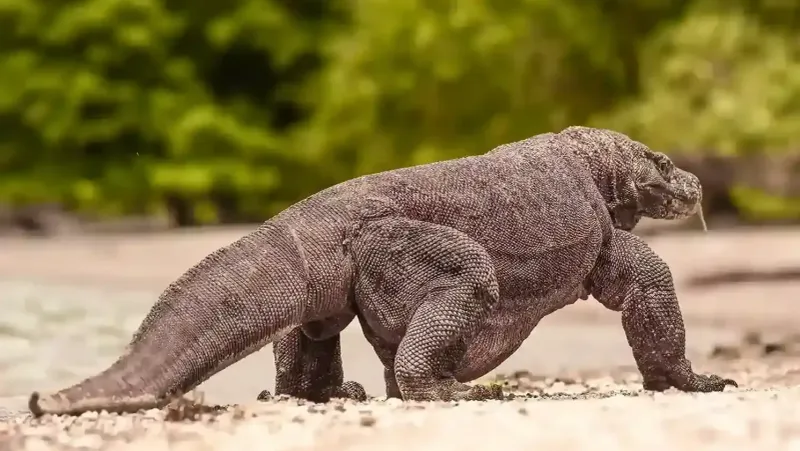
Hatching at a mere 12 inches, these fearsome lizards continue growing throughout their 30-year lifespan. The growth never completely stops, allowing dominant males to reach 10 feet in length and weigh over 300 pounds.
Their continuous growth contributes to their position as apex predators. Older dragons develop thicker skin and larger claws, making them more formidable hunters. Unlike many reptiles, they maintain active metabolisms, fueling their ongoing expansion with regular large meals of deer and wild pigs.
10. Red Sea Urchins
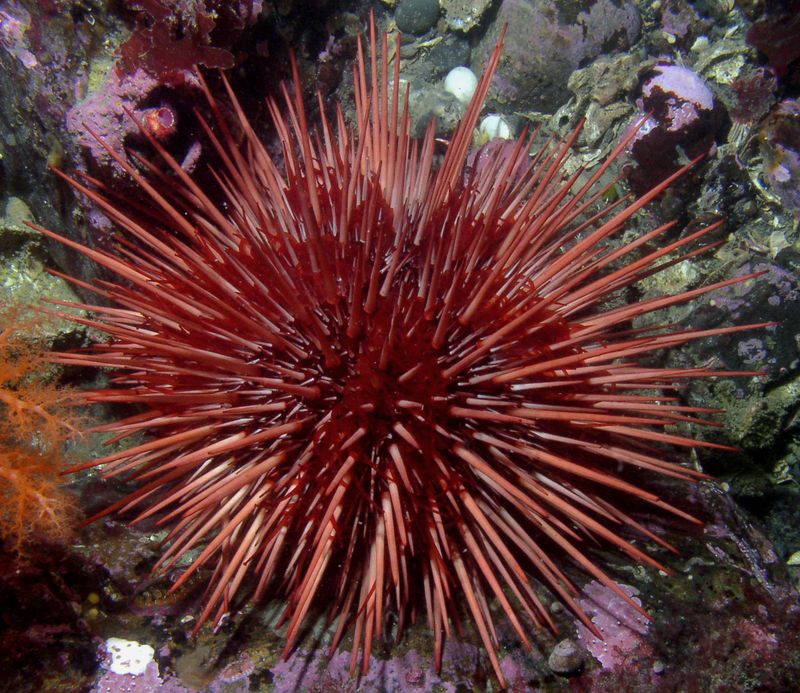
Beneath the waves, these spiny creatures defy aging expectations. Red sea urchins grow continuously for over 200 years, with their rigid external tests (shells) expanding gradually to reach diameters of 7 inches.
Scientists use growth rings in their tests like tree rings to determine age. Remarkably, they show no signs of aging or decreased reproduction even after two centuries. Their continuous growth makes them among the longest-lived animals on Earth, quietly expanding while empires rise and fall above the waves.
11. Alligator Snapping Turtles

Emerging from eggs the size of quarters, these prehistoric-looking reptiles embark on a lifelong growth journey. Their spiked shells and massive heads continue expanding throughout their 100-year lifespans, with the largest specimens exceeding 200 pounds.
Males grow significantly larger than females. Their powerful jaws strengthen with age, eventually generating bite forces exceeding 1,000 pounds. Found lurking in southern U.S. waterways, these ambush predators use their worm-like tongue appendage to lure fish directly into their ever-growing mouths.
12. Koi Fish
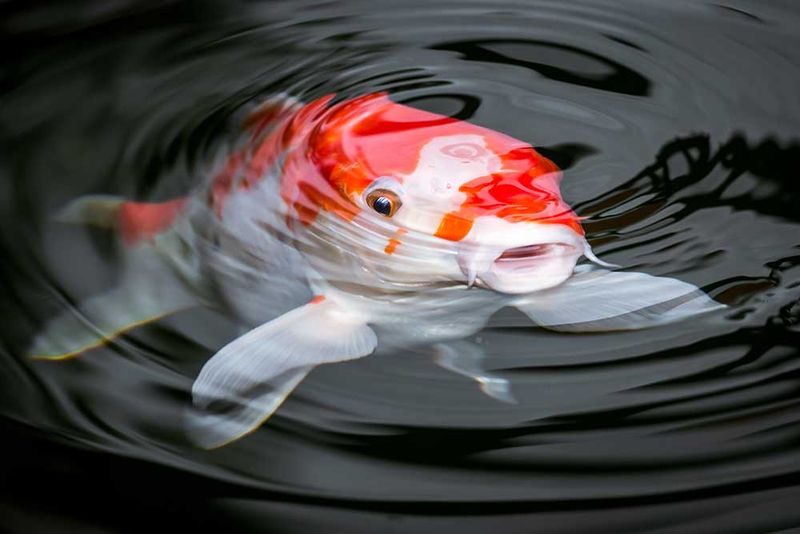
Those colorful fish in garden ponds hide an extraordinary secret – they never stop growing. Starting life at just a few inches, koi continue expanding throughout their impressive 50-200 year lifespans, with record specimens reaching over 4 feet and weighing 90+ pounds.
Their growth rate depends on water quality, food availability, and tank size. Japanese breeders have documented individual koi passed down through multiple human generations. The oldest verified koi, named Hanako, lived 226 years and grew to an impressive size before her death in 1977.
13. Reticulated Pythons
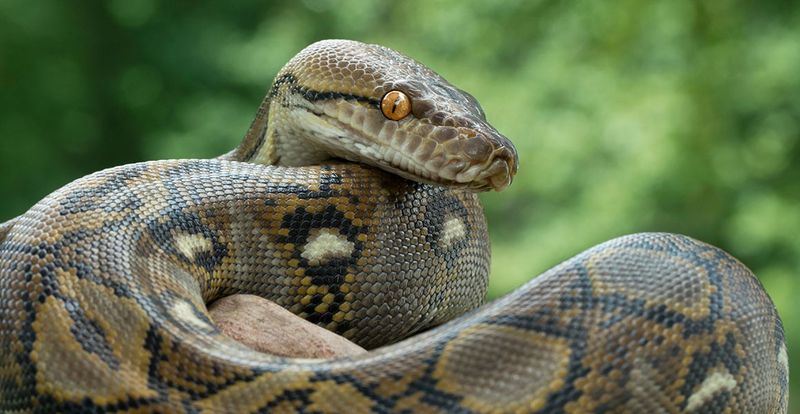
Hatching at around 2 feet long, these massive snakes continue growing throughout their 20-30 year lives. Unlike mammals with fixed skeletons, pythons can add vertebrae and muscle mass indefinitely, with the largest specimens reaching over 30 feet and weighing 350+ pounds.
Found in Southeast Asian rainforests, they grow fastest in their first few years. Their stretchy skin and flexible jaws expand with age, allowing older pythons to consume larger prey. The largest verified specimen was 33 feet long – longer than a school bus!
14. Ocean Quahogs
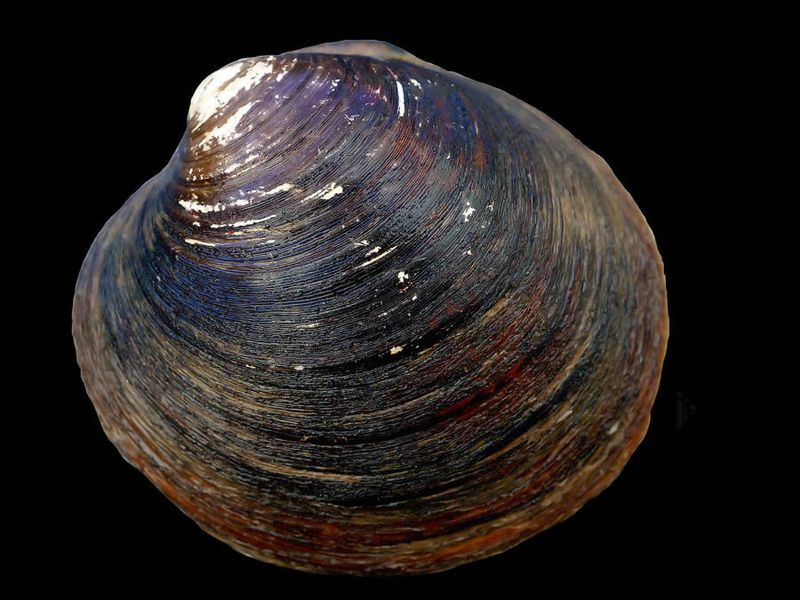
Hidden in ocean sediments, these unassuming clams hold an incredible secret – they never stop growing and can live for centuries. Adding microscopic layers to their shells annually, the oldest specimen (nicknamed Ming) was 507 years old when scientists discovered it.
Their continuous growth creates annual rings similar to trees. While their growth rate slows dramatically after their first decade, it never completely stops. These humble mollusks have survived since before Columbus sailed to America, gradually expanding their shells throughout history’s major events.
15. Anacondas

Born at around 2 feet long, female green anacondas never receive the signal to stop growing. They continue expanding throughout their 30-year lifespan, with exceptional specimens reaching over 29 feet and weighing 500+ pounds.
Unlike many snake species, anacondas show dramatic sexual dimorphism – females grow much larger than males. Their aquatic lifestyle supports their massive size, with water helping to bear their weight. Females grow larger to accommodate giving birth to 20-40 live young at once.


